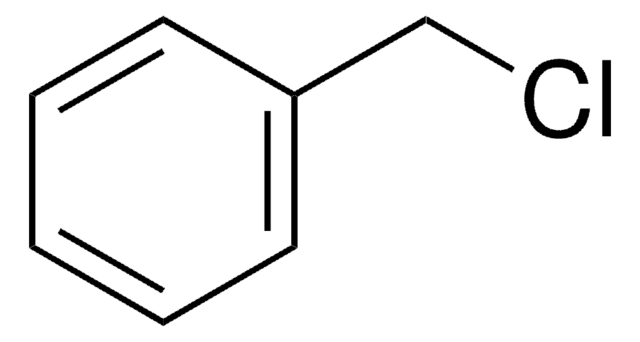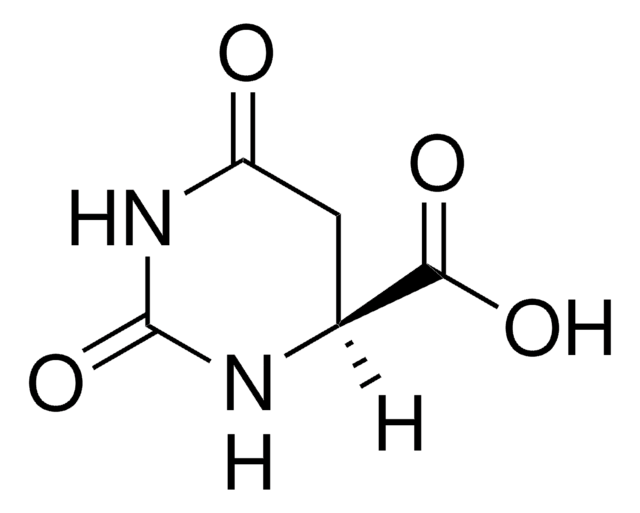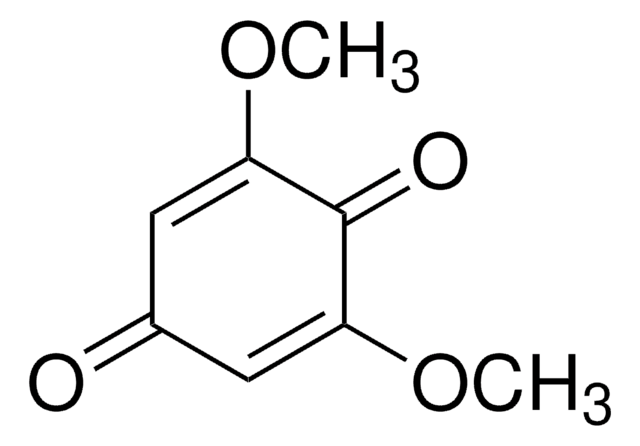Kluczowe dokumenty
119814
Sodium 2,6-dichloroindophenolate hydrate
ACS reagent
Synonim(y):
2,6-Dichloro-N-(4-hydroxyphenyl)-1,4-benzoquinoneimine sodium salt, 2,6-Dichloroindophenol sodium salt hydrate, 2,6-Dichlorophenolindophenol sodium salt hydrate
About This Item
Polecane produkty
klasa czystości
ACS reagent
Poziom jakości
Formularz
solid
strata
≤12.0% loss on drying
λmaks.
605 nm
Zastosowanie
food and beverages
grupa funkcyjna
chloro
imine
ketone
ciąg SMILES
[Na+].[H]O[H].[O-]c1ccc(cc1)\N=C2/C=C(Cl)C(=O)C(Cl)=C2
InChI
1S/C12H7Cl2NO2.Na.H2O/c13-10-5-8(6-11(14)12(10)17)15-7-1-3-9(16)4-2-7;;/h1-6,16H;;1H2/q;+1;/p-1
Klucz InChI
XHSOLXWCGCVQHE-UHFFFAOYSA-M
Zastosowanie
Kod klasy składowania
11 - Combustible Solids
Klasa zagrożenia wodnego (WGK)
WGK 3
Temperatura zapłonu (°F)
Not applicable
Temperatura zapłonu (°C)
Not applicable
Środki ochrony indywidualnej
Eyeshields, Gloves, type N95 (US)
Wybierz jedną z najnowszych wersji:
Masz już ten produkt?
Dokumenty związane z niedawno zakupionymi produktami zostały zamieszczone w Bibliotece dokumentów.
Klienci oglądali również te produkty
Nasz zespół naukowców ma doświadczenie we wszystkich obszarach badań, w tym w naukach przyrodniczych, materiałoznawstwie, syntezie chemicznej, chromatografii, analityce i wielu innych dziedzinach.
Skontaktuj się z zespołem ds. pomocy technicznej











